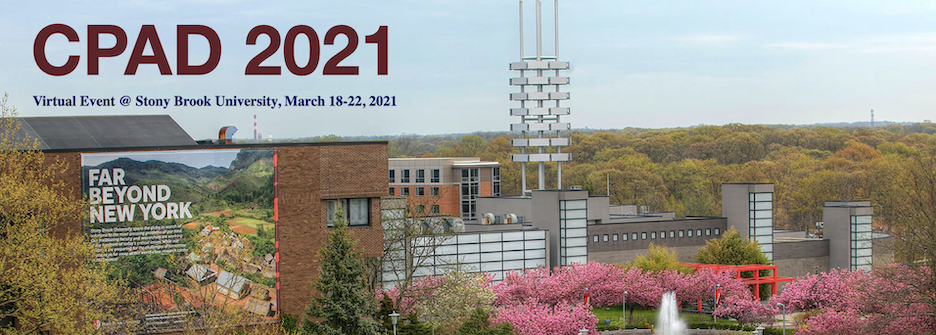Speaker
Description
The Belle II barrel region is instrumented with the Time of Propagation (TOP) particle identification system based on sixteen quartz radiator bars arranged around the interaction point. Due to the mechanical design of the TOP system these quartz bars do not overlap, but leave a gap of around 2cm between them. This leads to around 6% of all tracks in the nominal TOP acceptance region to escape without traversing any of the quartz bars and thus not giving any usable particle identification information from the TOP system and an additional 3% of tracks being degraded due to edge effects.
We propose a possible solution to remedy these gaps in the TOP acceptance in the form of a Supplemental TOP GAP instrumentation (STOPGAP) that covers the dead area between adjacent quartz bars with fast silicon detectors to directly measure the time-of-flight of traversing particles for particle identification purposes. Modern, fast timing silicon sensors and readouts can offer sufficient time resolution for the task at hand, so that STOPGAP modules could be built compact enough to fit into the limited space available in the area of interest between the Belle II central drift chamber (CDC) and the TOP system.
This talk will present a simulation study demonstrating the feasibility of a silicon time-of-flight system, based on its reconstruction performance in simulated Y(4S) -> BBbar events. It will discuss the performance requirements for possible sensor technologies and demonstrate that such a project could be realised with novel, fast monolithic CMOS sensors that are expected to reach MIP timing resolutions of down to 50ps.
